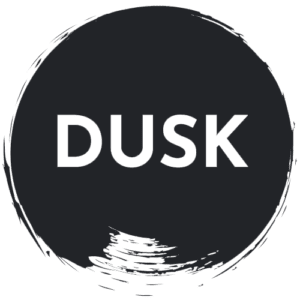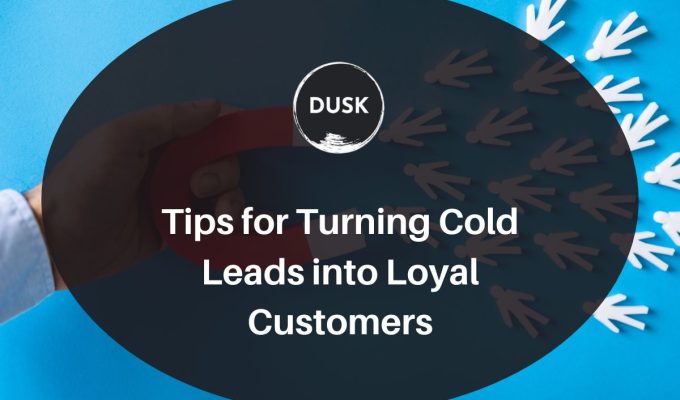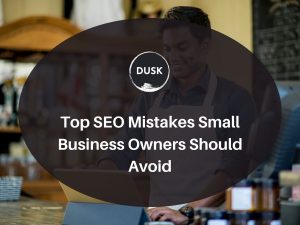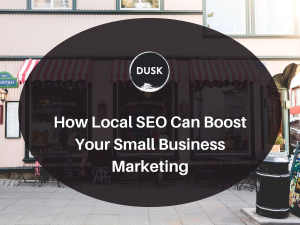In any business, the goal isn’t just to find new leads, it’s to build lasting relationships with customers who return, engage, and advocate for your brand. But not every lead starts off ready to convert.
In fact, most leads are cold. These individuals might have stumbled across your website, clicked an ad out of curiosity, or signed up for a newsletter without much thought. They’ve shown a hint of interest but aren’t actively looking to buy. At first glance, they might seem like low-priority prospects.
But cold leads hold untapped potential. They’ve already entered your orbit. With the right strategy, patience, and nurturing, cold leads can become loyal, long-term customers. This blog explores practical, proven tips for turning cold leads into loyal customers.
What Is a Cold Lead and Why Should You Care?
Cold leads are individuals who are aware of your business but haven’t yet engaged in a meaningful way. Maybe they followed your Instagram account but never interacted, downloaded an ebook but ignored follow-ups, or visited your site once and bounced. They’re not necessarily uninterested; they’re just not ready.
And here’s the kicker: cold leads are often cheaper to warm up than finding new ones. You’ve already caught their attention at some point. Instead of starting from scratch, a little strategic effort can rekindle that spark and move them through the funnel.
Turning cold leads into loyal customers isn’t a matter of luck, it’s a process. It’s about earning trust, creating relevance, simplifying actions, and delivering value every step of the way.
It’s also important to note that cold leads can vary in quality. Some may be unfamiliar with your brand but match your ideal customer profile, while others might lack buying power or interest altogether.
This is why understanding your cold leads rather than discarding them is so essential. With strong segmentation, even a large pool of disengaged contacts can be sifted into actionable categories.
From there, you can prioritize efforts and allocate resources where they’re most likely to pay off. Cold leads aren’t all the same and treating them as such is one of the biggest mistakes a business can make.
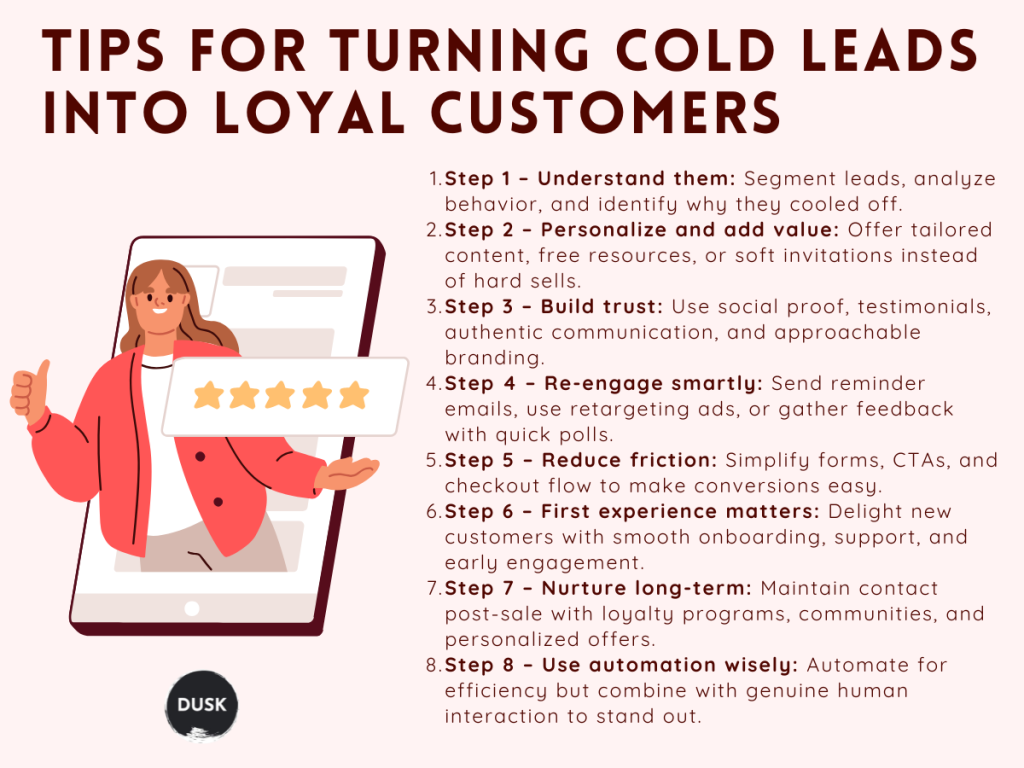
Step 1: Understand the Nature of Your Cold Leads
Before you can nurture cold leads, you need to understand why they’re cold in the first place. What stopped them from taking the next step? Was the timing wrong? Was your messaging off? Did they get distracted or confused?
Segment your leads based on how they entered your funnel whether through a paid ad, organic search, email signup, or content download. Then, study their behavior. Did they open any emails? How long did they stay on your site? Did they view certain pages but not others?
Use tools like Google Analytics, email marketing dashboards, and CRM platforms to gather insights. Identifying patterns in user behavior can help you craft more targeted and effective follow-ups.
Example lead segments to explore:
- Viewed product pages but didn’t add to cart
- Subscribed to a webinar but never attended
- Downloaded a lead magnet but never engaged further
When you know who your cold leads are and why they cooled off, you’ll be better positioned to reignite their interest.
Step 2: Personalize Communication and Offer Value First
Cold leads aren’t ready for the hard sell. They need to be warmed up with messages that show you understand their challenges and that you have solutions worth considering.
Avoid sending generic newsletters or one-size-fits-all promotions. Instead, tailor your content to their specific interests or behaviors. Use email segmentation to send personalized follow-ups based on what they previously interacted with. Below are types of personalized value you can offer:
- Educational Content: Share blog posts, guides, or checklists related to their original interest. Example: If they downloaded a guide on budgeting tools, send a follow-up email with a blog on “5 Common Budgeting Mistakes Small Businesses Make.”
- Helpful Resources: Offer free tools, templates, or trial periods to let them test your offering with no strings attached. This reduces the barrier to re-engagement.
- Soft Invitations: Invite them to live webinars, free Q&As, or behind-the-scenes content. These events deepen their connection with your brand without pressure.
When your leads feel like you’re helping, not just selling they’re more likely to stick around.
Step 3: Build Trust Through Social Proof and Authenticity
Cold leads are skeptical. They haven’t had a meaningful interaction with your brand yet, and they’re not sure whether to believe your promises. That’s why social proof is such a powerful tool.
Share customer testimonials, case studies, and reviews across your email campaigns and website. Display logos of brands you’ve worked with, awards you’ve won, or stats that demonstrate your product’s impact. Even something as simple as a “Join 10,000 happy customers” line can boost confidence.
But trust doesn’t come only from big numbers. It also comes from being human. Use a friendly tone in your communication. Show photos of your team. Respond to social media comments. Let your brand feel approachable. Authenticity builds connection and connection converts.
Step 4: Use Smart Re-Engagement Techniques
Sometimes, cold leads just need a reminder. They may have intended to follow up with your brand, but life got in the way. That’s where re-engagement tactics come in.
Re-engagement campaigns can be highly effective when thoughtfully designed. Rather than bombarding cold leads with discounts, try to start a conversation.
Here are three smart ways to re-engage:
- Reactivation Emails: Subject lines like “We miss you” or “Still interested?” prompt curiosity. Add a clear offer, but keep the tone casual. A discount or bonus can sweeten the deal, but it shouldn’t feel desperate.
- Social Retargeting: Use platforms like Facebook or LinkedIn to display personalized ads based on the content or product they viewed. Tailor the visuals and messages to make the offer feel specific to them.
- Quick Polls or Surveys A one-question survey like “What held you back from signing up?” invites feedback and shows that you care. It also gives you valuable data to refine your strategy.
Another great approach is using dynamic content in your re-engagement emails. This allows you to show leads different messages or offers based on their past behavior or preferences.
For example, if someone previously visited your pricing page, you could show a limited-time discount tailored to their interests. This makes your emails feel more personalized and timely two key factors in winning back attention. Combined with analytics, dynamic content turns passive messaging into powerful conversion tools.
Step 5: Make the Conversion Process Friction-Free
Let’s say your lead is finally warming up. They like your emails, they’ve visited your site again, and they’re considering a purchase. But then they get stuck. The form is too long. The call-to-action is vague. The checkout page looks confusing. Just like that, they’re gone. Simplify everything.
Checklist for a smooth conversion experience:
- Short, clear forms with only essential fields
- Prominent, action-oriented CTA buttons like “Start Your Free Trial” or “Get My Offer”
- Mobile-friendly design across every page
- Fast-loading landing pages
- Live chat or instant support for last-minute questions
Don’t make them work hard to say yes. The easier the path, the higher the conversions.
Step 6: Make the First Experience Count
When a cold lead finally converts, your job isn’t over,it’s just beginning. That first experience determines whether they become a one-time buyer or a loyal customer.
Make sure the onboarding process or first purchase experience is delightful. Welcome emails, thank-you messages, and step-by-step guides can help them feel supported.
Offer a personalized introduction to your product or service. Whether it’s a video walkthrough, a 1:1 onboarding call, or a curated resource pack, that extra care builds trust and loyalty fast.
Then, keep the value flowing. Send exclusive tips. Offer early access to new products. Recognize their engagement with loyalty rewards or referral bonuses.
If your onboarding includes a user dashboard or portal, ensure it’s intuitive and clean. Include helpful pop-ups, tutorials, or even a chatbot to guide new users. These features reduce confusion and increase satisfaction from day one. If possible, ask for initial feedback within the first week. This not only helps you refine your process, but it also shows that you value your new customer’s voice right from the start.
Step 7: Keep Nurturing Beyond the Sale
Loyalty is earned over time. Once your cold lead becomes a customer, don’t let the conversation end. Use email nurturing, loyalty programs, and personal check-ins to deepen the relationship.
Offer relevant upsells or cross-sells but only when they genuinely make sense. Create a customer community, whether it’s a Facebook group, Slack channel, or private forum, where users can connect and share experiences.
Celebrate milestones, such as their one-month or one-year anniversary with your brand. Little touches go a long way in building emotional loyalty.
Step 8: Use Automation Wisely, Not Blindly
Marketing automation is a gift but it’s not magic. If you’re relying on impersonal, pre-scheduled messages to engage cold leads, you’re missing the mark.
Instead, use automation to enhance your personal touch:
- Trigger email flows based on specific behaviors (e.g., viewed pricing page but didn’t buy)
- Use smart segments for relevant messaging
- Set up alerts for high-value cold leads who re-engage
But balance automation with live engagement. Reply personally to replies. Check your CRM and jump in when a lead looks promising. Real human interaction is what separates great brands from automated noise.
Conclusion
Too many businesses give up on cold leads too soon. But with thoughtful strategy and genuine effort, these leads can become your most loyal customers. It starts with understanding their behavior, offering value without pressure, and guiding them through a trust-based journey.
Don’t treat cold leads like dead ends. Treat them like unopened doors with the right key, you can unlock a lifetime of value.The process of warming cold leads doesn’t need to be overly complex—it just needs to be thoughtful. Whether you’re a solo entrepreneur or a large marketing team, consistency is more important than perfection. The more intentional your nurturing process is, the higher your chances of seeing real, measurable results.
